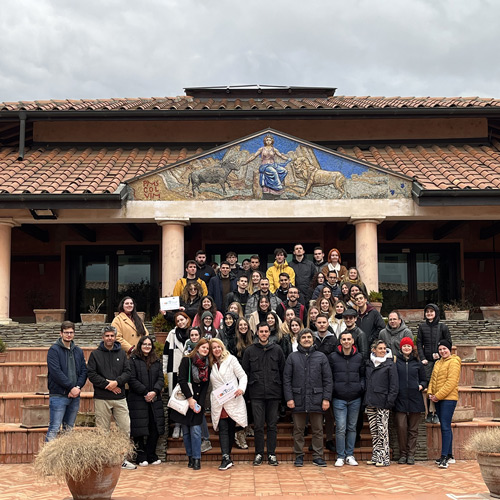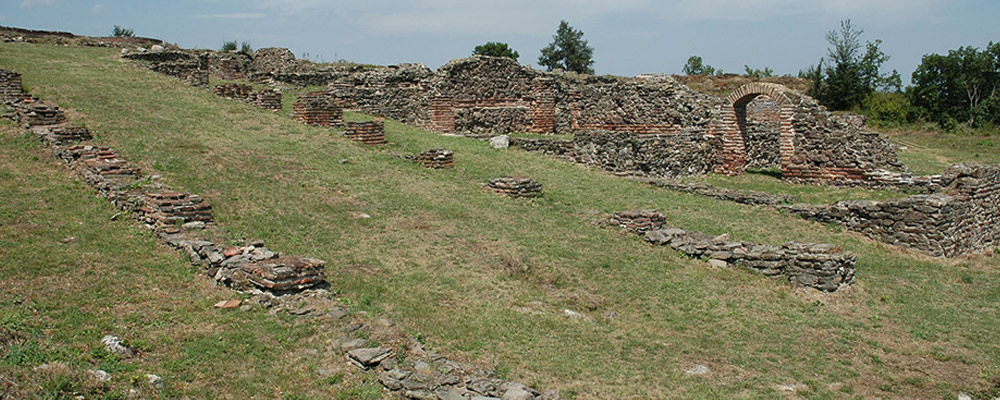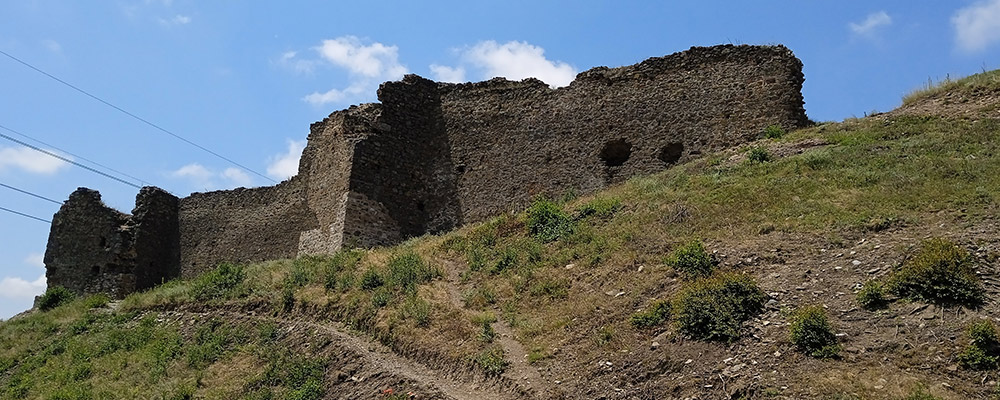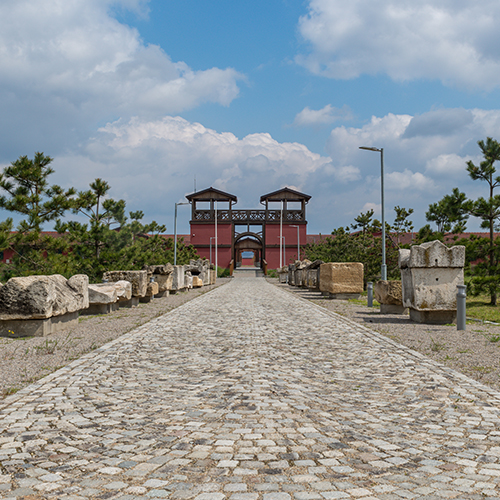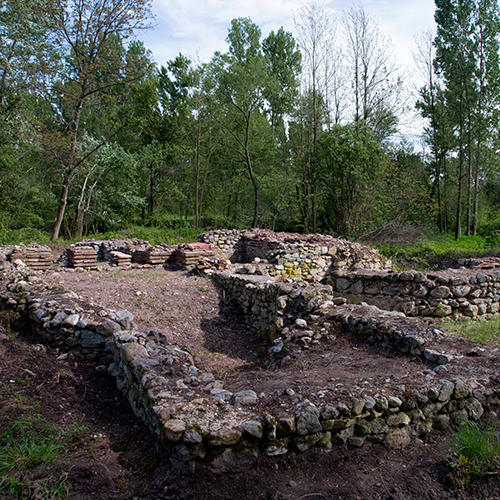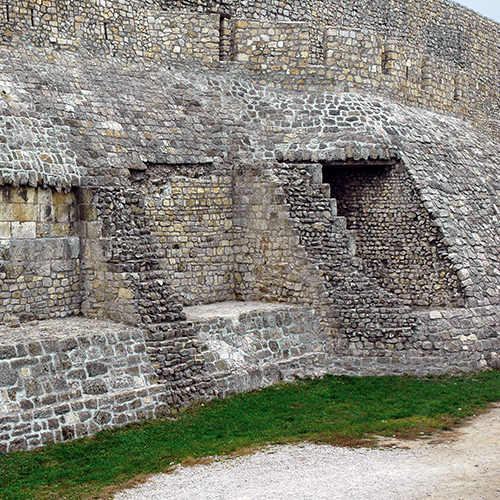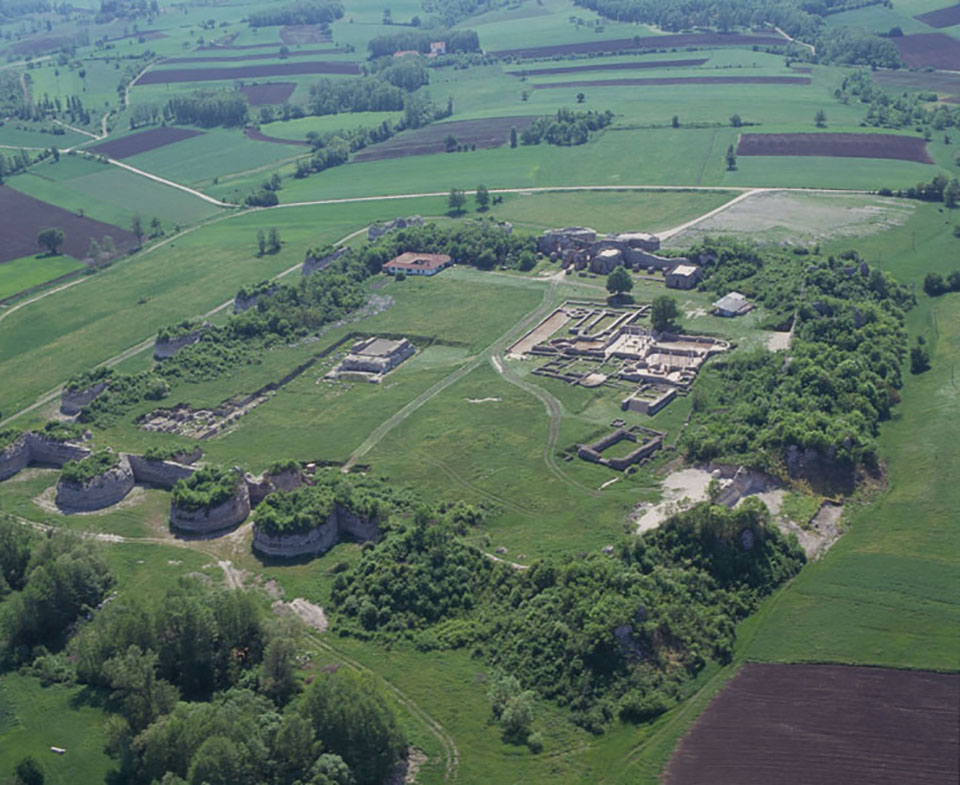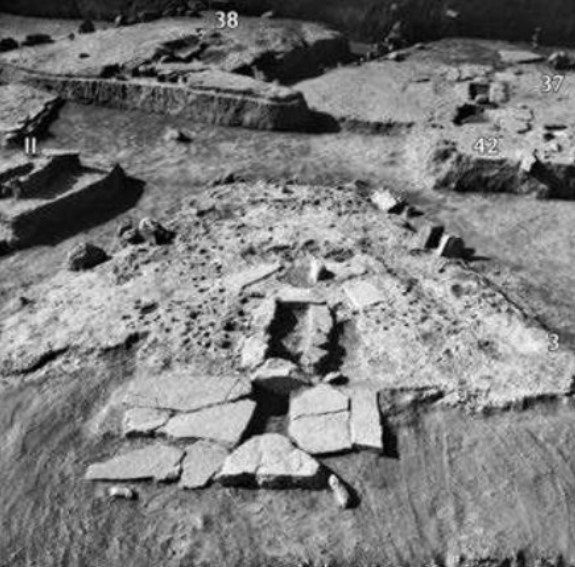COOLTOUR
How should cultural heritage be promoted among younger generations, given it is an expression of complex historical, social and cultural circumstances, as well as part of a wider and complex relationship with the natural environment? How should we nurture the dialogue and interaction of youth with professionals who manage cultural heritage in our cities and countries?
Early Middle Ages
The work in the field of archaeology of the Early Middle Ages includes the study of the processes that marked the end of Antiquity in the Central Balkans: the vanishing of administration and cities, the collapse of the border and economy and massive depopulation, followed by the arrival of newcomers. The period of Slavic settlement saw
Middle Ages and Early Modern Age
In the context of exploring the later stages of the Middle Ages, our research delves into the study of settlements, fortresses, monasteries and necropolises in the territories which that belonged to the Serbian and Hungarian medieval state (south and north of the Sava and Danube). Additionally, a particular focus of our investigation is dedicated to examining
VRELO – ŠARKAMEN NEAR NEGOTIN
The Roman site of Vrelo is located 4 km west of the village of Šarkamen, which is located about 20 km northwest of Negotin, in eastern Serbia. Šarkamen is a fortified residence, and the memorial complex with a mausoleum and the tumulus are dated to the beginning of the 4th century and are ascribed to the
TIMACUM MINUS – RAVNA NEAR KNJAŽEVAC
The Roman fortification of Timacum Minus was the administrative centre of the Roman mining area, and is dated from the mid-1st to the mid-5th century AD. The site is located on the left bank of the Beli Timok river, about 400 m east of the village of Ravna, which is 10 km northwest of Knjaževac, in
SINGIDUNUM – BELGRADE
Ancient Singidunum is a Roman city founded at the confluence of the Sava and the Danube, by the development of a military settlement built next to the castrum of the IV Flavian Legion.
NAISSUS – NIŠ FORTRESS
The building with an octagon is located inside the Late Antique fortification of Naissus, modern Niš, on the locality known as “Gradsko Polje”, and present a luxurious public building with rich architectural plastic, fresco painting and mosaics. Based on the position and monumentality of the building with an octagon, it can be assumed that it was
FELIX ROMULIANA – GAMZIGRAD
The fortified palace of Emperor Galerius represents the best preserved work of Roman architecture in the whole territory of Serbia. In 2007, this site was inscribed on the UNESCO World Heritage List.
MESOLITHIC
In 2002, a project called "Culture of Lepenski Vir: cultural processes and transformations from the ninth to the sixth millennia B.C." was carried out to reconstruct the process of transformation of hunter-gatherer communities into farming-pastoral communities in the Central Balkans. This research resulted in the publication of monographs and studies on a wide range of topics,


